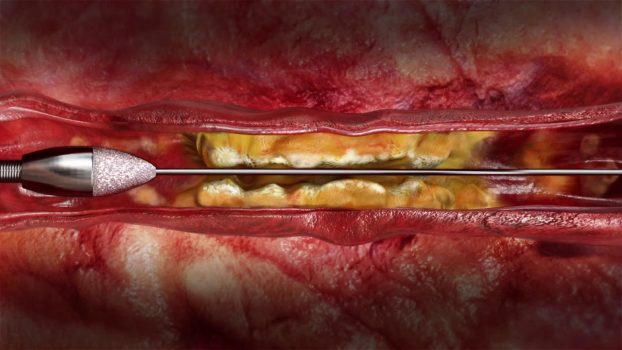What is it?
A coronary angiogram makes use of a catheter tube, which is inserted into the body, to analyze the functioning of the heart and arteries, as well as look for discrepancies within them. More often than not, this procedure helps identify and diagnose blockages within arteries, which is then treated using the same catheter, through a procedure known as angioplasty. Angioplasty can be done is several ways including the usage of a balloon, a stent, a cutting balloon as well as a Rotablator.
Rotablation is an invasive angioplasty procedure that involves the usage of a special catheter with a spinning tip, to grind and ablate the blockage in the arteries. It is often paired with a balloon angioplasty so as to increase the effectiveness of the treatment as well as prevent further blockages.
How is it done?
Similar to other types of angioplasty procedures, you will be given an anesthetic or numbing medication, after which the special catheter is inserted into the body. Once inserted into the blocked artery, the tip of this catheter starts to spin rapidly, ablating the blockage and reducing them into small pieces that the body then flushes out naturally.
After successfully removing the blockage, a balloon angioplasty may be done as well, which involves inserting a small balloon to prop the artery and prevent it from narrowing or getting blocked again. Since this is an invasive procedure, you will be briefed on preparation steps to be followed before the procedure, as well as recovery steps post-procedure.
Why is it done?
A Rotablator is primarily used to treat blockages in the arteries, alleviating related symptoms such as chest pain, shortness of breath, heart attacks, etc.





